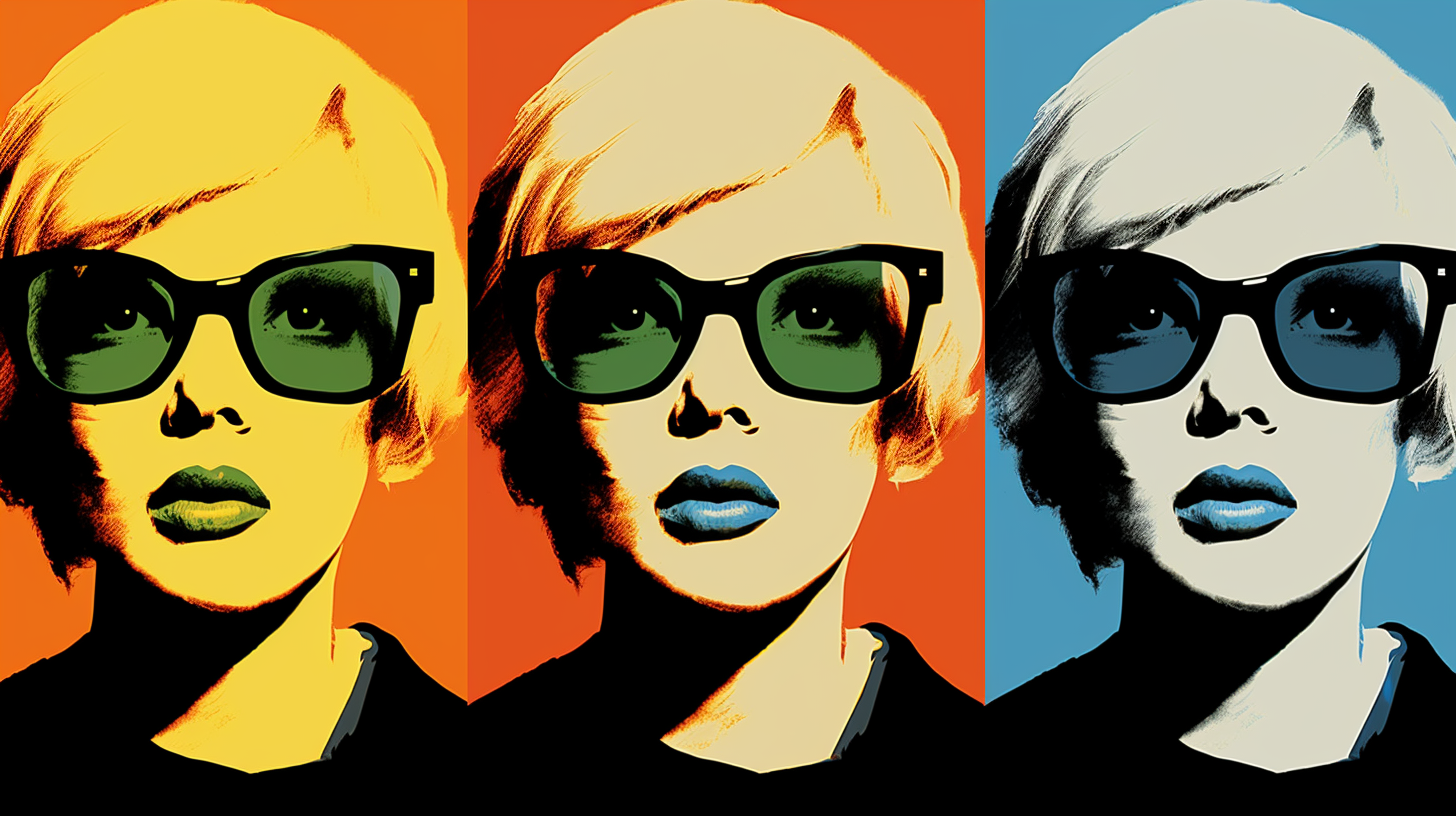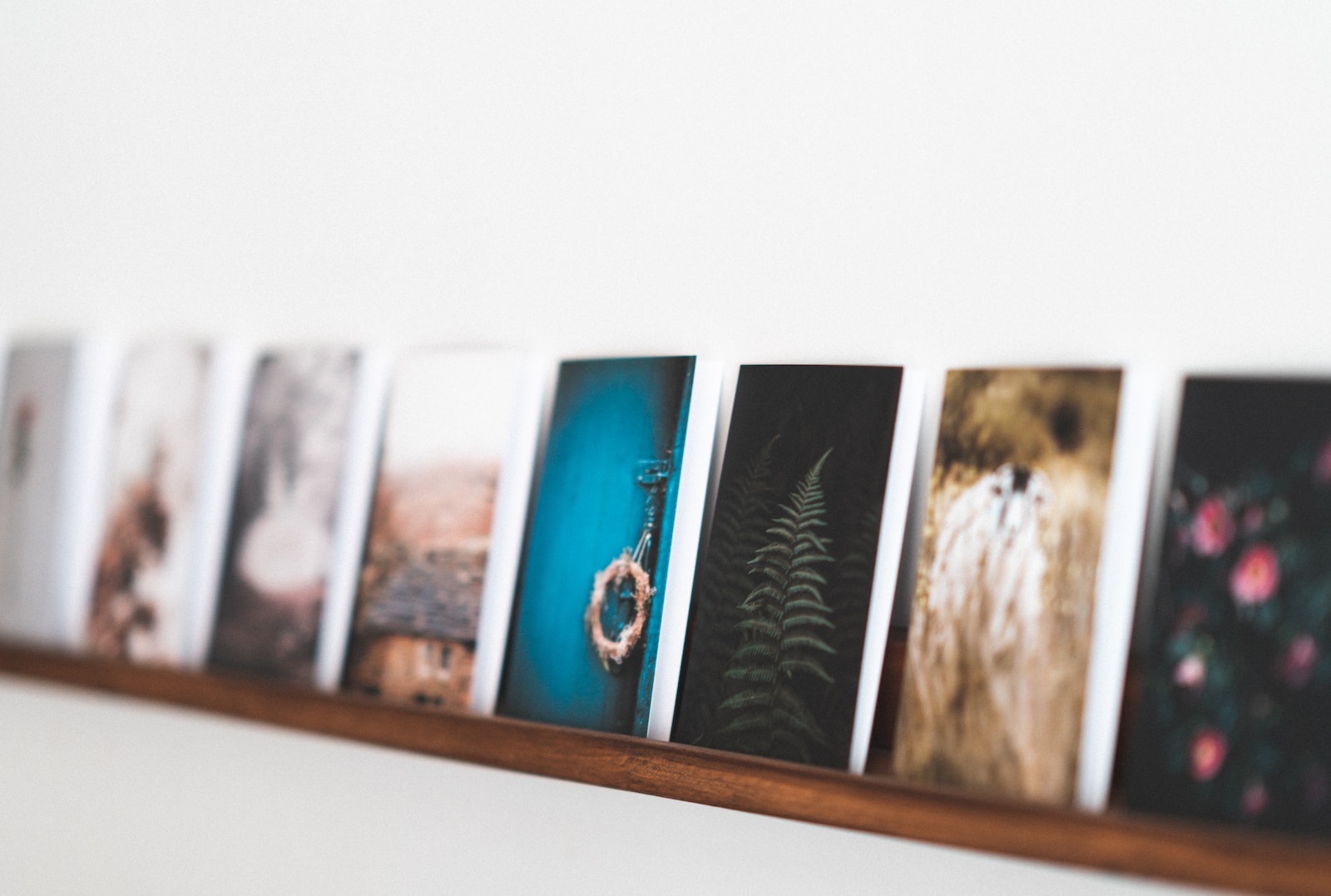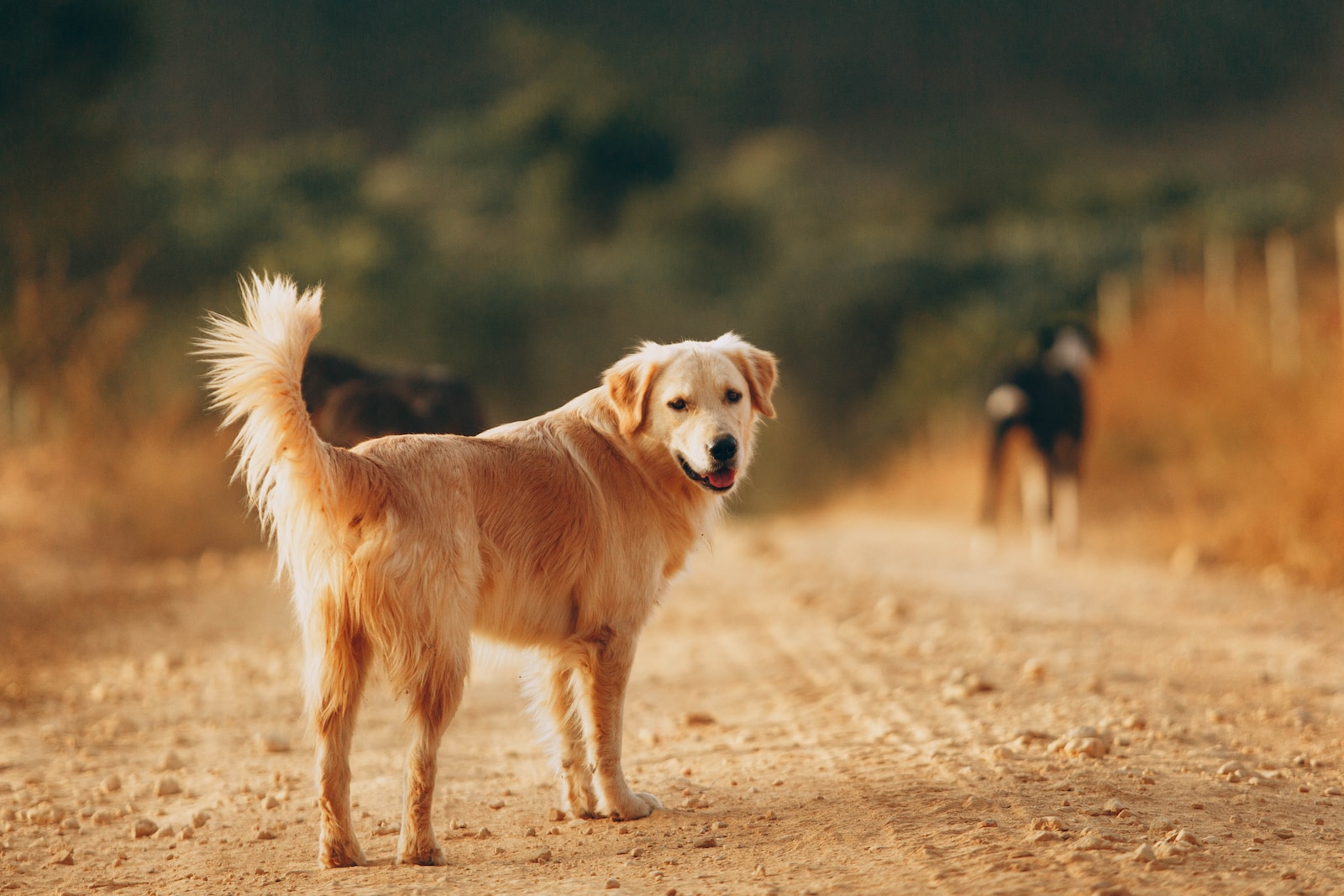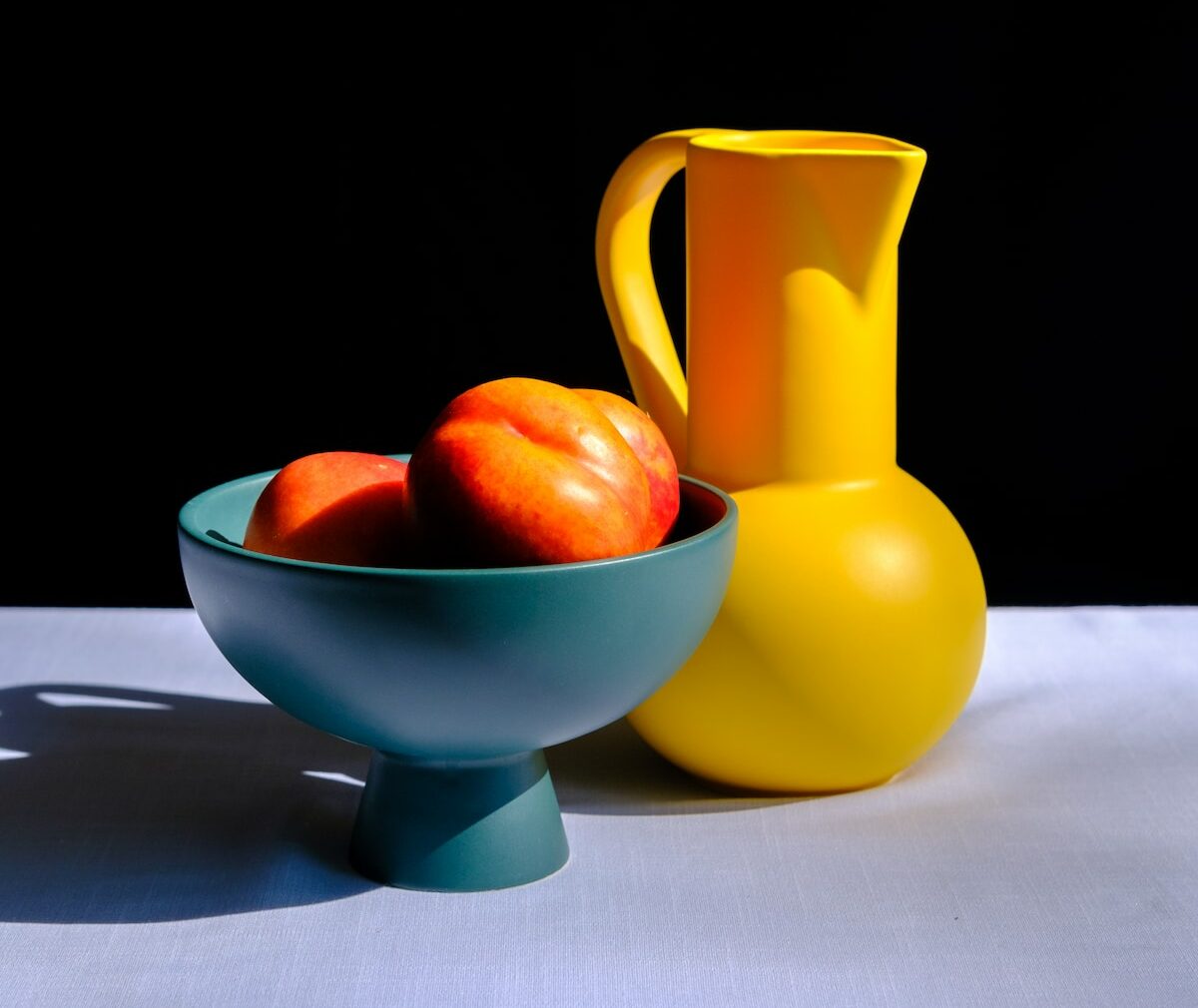Step into the world of vibrant colors and boundless creativity with our blog, “Colour and Creativity: Capturing Pop Art Faces on Camera.” Join us as we explore the captivating realm of pop art face photography, delving into the techniques, tips, and tricks that bring these unique and mesmerizing images to life. Discover the secrets of color theory, master lighting techniques, and unlock your inner artist as we guide you towards capturing truly eye-catching and awe-inspiring pictures. Get ready to be inspired!
Table of Contents
- The Fascinating World of Pop Art Faces
- Choosing the Right Camera
- Best Time and Vantage Points for Capturing Creativity
- Frequently Asked Questions
- 1. What is pop art face photography?
- 2. How can I incorporate color theory into pop art face photography?
- 3. What lighting techniques work best for pop art face photography?
- 4. How can I add a creative edge to my pop art face photographs?
- 5. What equipment do I need for pop art face photography?
- 6. Are there any famous pop art face photographers I should study?
- 7. Can you recommend any resources for learning more about pop art face photography?
- Wrap Up
The Fascinating World of Pop Art Faces
Pop art faces are a captivating subject for photographers looking to infuse their images with color, creativity, and a touch of nostalgia. Combining vibrant hues, bold patterns, and unique expressions, pop art faces bring a sense of excitement and playfulness to any photograph. In this blog post, we will delve into the realm of pop art face photography, exploring the interesting features of this subject and techniques to make your photographs stand out.
Exploring the Unique Features of Pop Art Faces
One of the most intriguing aspects of pop art faces is the way they showcase individuality. These faces have the power to tell stories, evoke emotions, and capture attention like no other subject. Their exaggerated features, including exaggerated eyes, lips, and hairstyles, create a distinctive visual impact that draws viewers in.
Furthermore, pop art faces often incorporate elements of popular culture, such as iconic symbols, logos, or famous personalities. By utilizing these elements, photographers can tap into the collective nostalgia of viewers, creating an instant connection and a sense of familiarity.
Techniques to Make Your Pop Art Face Photographs Stand Out
To capture the essence of pop art faces on camera, it is essential to experiment with color theory, lighting, and composition. Here are some techniques to help you bring a creative edge to your pop art face photographs:
- Play with vibrant colors: Pop art is all about bold and vibrant colors. Look for subjects wearing vibrant outfits or consider using colorful backdrops. Explore the complementary color scheme to create eye-catching contrasts in your photographs.
- Experiment with lighting: Lighting plays a crucial role in highlighting the unique features of pop art faces. Consider using dramatic lighting techniques, such as harsh shadows or colored gels, to create a sense of depth and dimension in your images.
- Compose creatively: Composition is key in pop art face photography. Play with angles, perspectives, and framing to create dynamic and visually interesting shots. Explore unconventional cropping and tilted horizons to add a sense of energy to your photographs.
- Embrace post-processing: Post-processing is an opportunity to enhance the pop art aesthetic of your photographs even further. Experiment with saturation, contrast, and selective color adjustments to make your images truly pop.
By incorporating these techniques and bringing your own unique perspective to pop art face photography, you can create images that not only capture the essence of this artistic movement but also showcase your creativity and passion for the craft. So grab your camera, dive into the world of pop art faces, and let your imagination run wild!
Did you know that pop art emerged in the mid-1950s as a movement that challenged traditional art forms? It celebrated popular culture by incorporating everyday objects, celebrities, and mass media imagery into artworks.
Choosing the Right Camera
When it comes to pop art face photography, having the right camera can make all the difference. Look for a camera with a high-resolution sensor, as this will allow you to capture intricate details and vibrant colors. Additionally, a camera with a fast autofocus system will help you capture those fleeting moments of expression.
Consider options like mirrorless cameras, which are lightweight and offer excellent image quality. These cameras also tend to have advanced autofocus systems, making it easier to capture sharp and crisp images of dynamic subjects.
Exploring the World of Lenses
To truly enhance your pop art face photography, investing in quality lenses is essential. Prime lenses are great for capturing portraits as they offer a wide aperture, allowing for beautiful bokeh and a shallow depth of field. This aesthetic quality can make your subjects truly pop from the background.
Consider a 50mm or 85mm prime lens, as they are versatile options for capturing faces. Wide-angle lenses, on the other hand, can be used to capture environmental portraits, showcasing the subject within their surroundings.
It’s also worth mentioning that macro lenses can be a fun and creative option for capturing intricate details of a face, such as eye lashes or facial texture. These lenses allow you to get up close and personal, revealing aspects that might otherwise go unnoticed.
Ultimately, the best lens for you will depend on your style, creativity, and the specific look you want to achieve in your pop art face photography. Don’t hesitate to experiment with different lenses to find the one that best suits your artistic vision.
Remember, the equipment you choose is just a tool. What truly matters is your eye for creativity and your ability to capture unique moments. With the right camera and lenses, you can unlock a whole new realm of possibilities and create stunning pop art face photographs.
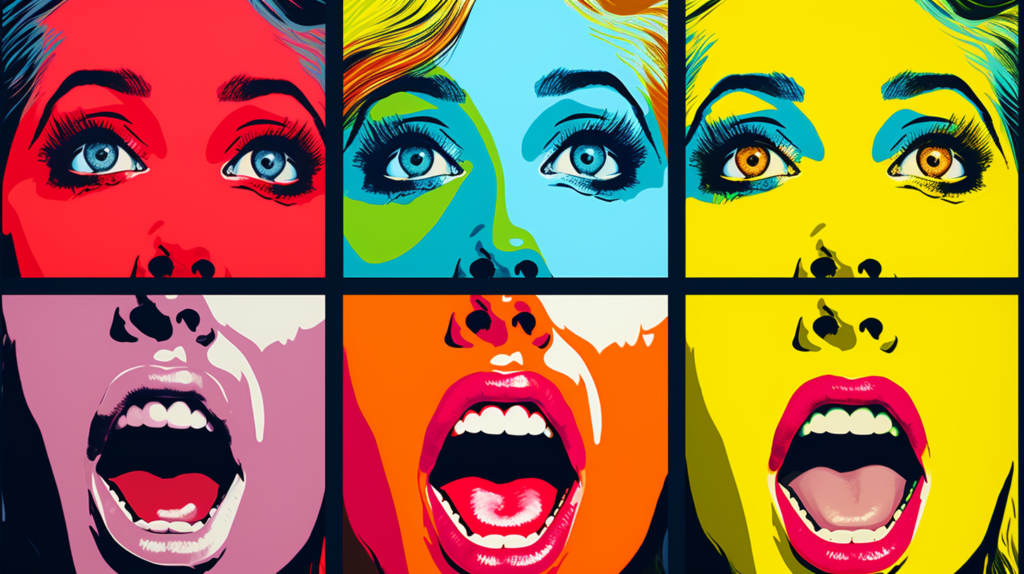
Best Time and Vantage Points for Capturing Creativity
As a photographer, capturing the vibrant and expressive world of pop art faces can be both exciting and challenging. The dynamic colors, bold patterns, and unique expressions that define this art movement require a careful approach that encompasses both technical and creative skills. In this section, we will discuss the best time of year to take photos of pop art faces, as well as the ideal vantage points and positions to capture the essence of this captivating art form.
The Best Time of Year to Photograph Pop Art Faces
The beauty of pop art lies in its ability to evoke strong emotions and unconventional perspectives. To truly capture this essence, it is crucial to choose a time of year that aligns with the energy and atmosphere associated with pop art. While there is no definitive answer, certain seasons can enhance the visual impact of your photos.
In the spring, for example, the blooming flowers and vibrant colors can provide a striking backdrop for your pop art subjects. The fresh and lively atmosphere of this season perfectly complements the boldness and vividness of pop art faces, creating a harmonious composition that is pleasing to the eye.
On the other hand, summer offers a different kind of energy and appeal. With its warm and sunny days, this season enables you to take advantage of natural lighting and capture the reflective qualities of the subjects’ faces, adding depth and dimension to your photographs.
Autumn, with its rich and warm hues, can create a captivating contrast against the vibrant and often brightly colored pop art faces. The earthy tones of fallen leaves and the play of light through branches provide a unique and atmospheric backdrop that amplifies the artistic impact of your images.
Lastly, winter might seem like an unexpected choice, but the starkness and simplicity of the season can provide a minimalist backdrop to highlight the intricate details and colorful features of your pop art subjects. The contrast between the subjects and the icy, monochromatic surroundings can convey a powerful message and create visually striking images.
Optimal Vantage Points and Positions for Photographing Pop Art Faces
When photographing pop art faces, it is important to experiment with different vantage points and positions to capture the true essence of this art form. Here are a few suggestions to consider:
- Eye Level: Shooting at eye level allows you to establish a strong connection with your subject. This perspective creates a sense of intimacy and immerses the viewer in the emotions and expressions conveyed by the pop art face.
- Overhead Angle: An overhead angle can offer a unique and unexpected viewpoint, highlighting the geometrical patterns and shapes present in pop art faces. This perspective can add a touch of creativity and intrigue to your photographs.
- Close-Up: Zooming in on the details of a pop art face can reveal the intricate brushstrokes, color combinations, and texture of the artwork. This perspective allows viewers to appreciate the attention to detail and craftsmanship that goes into creating pop art faces.
- Contextual Surroundings: Incorporating the surroundings and environment in which the pop art face is displayed can provide a broader narrative and context to your photographs. Whether it’s a gallery setting or an urban landscape, this approach adds depth and storytelling to your images.
Remember, the key to capturing compelling pop art faces lies in experimentation and showcasing your unique perspective as a photographer. By embracing the vibrant colors, creative compositions, and captivating expressions, you can create photographs that truly reflect the spirit of pop art.
One helpful tip for capturing pop art faces on camera is to experiment with different angles and perspectives. Get creative and try shooting from above, below, or even from the side to achieve unique and eye-catching compositions. Play with the positioning of your subject and the background to create dynamic and visually compelling images.
Frequently Asked Questions
1. What is pop art face photography?
Pop art face photography is a style of photography that draws inspiration from the pop art movement of the 1950s and 1960s. It involves capturing faces in a bold and vibrant way, often using bright colors, unique angles, and exaggerated features.
2. How can I incorporate color theory into pop art face photography?
Color theory plays a crucial role in pop art face photography. To bring a creative edge to your pictures, consider using complementary colors for maximum impact. Experiment with different color combinations to create visual interest and make your subject’s face pop.
3. What lighting techniques work best for pop art face photography?
When it comes to lighting, it’s important to create bold and dramatic effects. Consider using strong and directional lighting to emphasize shadows and highlights on the subject’s face. Experiment with different lighting setups to achieve the desired look and feel in your pop art portraits.
4. How can I add a creative edge to my pop art face photographs?
To add a creative edge to your pop art face photographs, think outside the box. Experiment with unconventional angles, props, and makeup to create visually striking images. Don’t be afraid to push the boundaries and explore new ideas to make your photographs stand out.
5. What equipment do I need for pop art face photography?
While there is no specific equipment requirement for pop art face photography, having a good camera with manual settings and a variety of lenses can greatly enhance your creative possibilities. Additionally, consider using props, backdrops, and lighting accessories to add depth and interest to your photographs.
6. Are there any famous pop art face photographers I should study?
Absolutely! When it comes to pop art face photography, studying the work of renowned photographers like Andy Warhol, David LaChapelle, and Richard Avedon can provide valuable inspiration and insights into the style. Analyze their techniques, use of color, and unique compositions to develop your own creative vision.
7. Can you recommend any resources for learning more about pop art face photography?
Definitely! Here are a few resources to enhance your understanding and skills in pop art face photography:
- Online courses and tutorials
- Books on pop art and photography
- Art galleries and exhibitions
- Photography communities and forums
Explore these resources to expand your knowledge and connect with like-minded individuals who share your passion for pop art face photography.
Wrap Up
Color and creativity are the driving forces behind pop art face photography. By understanding color theory and experimenting with lighting techniques, you can bring a whole new level of excitement to your pictures. Whether you’re capturing the vibrant energy of a subject or exploring the playfulness of pop art, your photos have the potential to ignite a spark of inspiration.
So, grab your camera and start exploring this captivating genre of photography. Let your creativity flow and experiment with different colors, angles, and compositions. Don’t be afraid to break the rules and discover your own unique style. Remember, the best way to improve is through practice, so go out there and start snapping!
We hope you found this journey into pop art face photography both informative and inspiring. Have any questions or want to share your own experiences? We’d love to hear from you! Leave a comment below and let’s continue the conversation.
